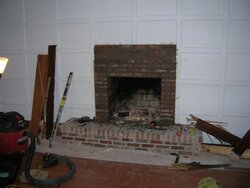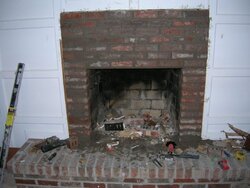Thanks in advance for any advice. This forum has been great in educating myself for new install of a PE pacific (medium) wood insert.
To begin, I should have known better (and although I won't admit to her - hwne she sees the destruction!! - my girlfriend was right!!) The house was built or modified by a cheapskate owner, who "micky-moused" alot of stuff.
I will be having a Sweep install the solid stainless liner, and helping with the insert install, as our insurance requires a inspection by a WETT certified person, here in Canada.
Before the install, I would have to pull off some wood trim, and mantel, that surrounds the 1 thin layer of brick border, on the existing fireplace. After removing this wood trim, which I figured, would pull right off, leaving the brick, I was going to lay another layer of brick around the exiting one, to get the clearances needed!!
Well, while prying off the wood trim, The whole front brick trim / facing came loose. I doubt that it was properly constructed in the 1st place, as I don't think a mason would have done it like this! The brick "border" is only 1/2 brick wide/deep, and just mortared against the firebox. It doesn't seemed to be tied into / rebarred to it at all!!
Now, where to go from here??
I can pull off the brick, and add a new brick front that is larger, trying somehow to tie it in with the firebox for strength!
I would like to know what the code implications are, if any, in doing this.
Should I just remove the damper plate and damper handle, as it will be useless - why brick in a functionless handle?
Since I am really just concerned with having the existing fireplace secure enough to install the insert and surround, and meeting the codes re: distances form combustibles, am I OK to repair this myself. I am used to handywork - have done basic brick and mortar, and tile work before.
To begin, I should have known better (and although I won't admit to her - hwne she sees the destruction!! - my girlfriend was right!!) The house was built or modified by a cheapskate owner, who "micky-moused" alot of stuff.
I will be having a Sweep install the solid stainless liner, and helping with the insert install, as our insurance requires a inspection by a WETT certified person, here in Canada.
Before the install, I would have to pull off some wood trim, and mantel, that surrounds the 1 thin layer of brick border, on the existing fireplace. After removing this wood trim, which I figured, would pull right off, leaving the brick, I was going to lay another layer of brick around the exiting one, to get the clearances needed!!
Well, while prying off the wood trim, The whole front brick trim / facing came loose. I doubt that it was properly constructed in the 1st place, as I don't think a mason would have done it like this! The brick "border" is only 1/2 brick wide/deep, and just mortared against the firebox. It doesn't seemed to be tied into / rebarred to it at all!!
Now, where to go from here??
I can pull off the brick, and add a new brick front that is larger, trying somehow to tie it in with the firebox for strength!
I would like to know what the code implications are, if any, in doing this.
Should I just remove the damper plate and damper handle, as it will be useless - why brick in a functionless handle?
Since I am really just concerned with having the existing fireplace secure enough to install the insert and surround, and meeting the codes re: distances form combustibles, am I OK to repair this myself. I am used to handywork - have done basic brick and mortar, and tile work before.


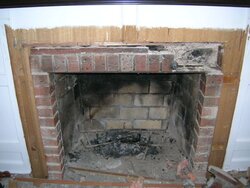
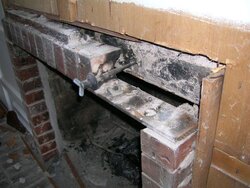
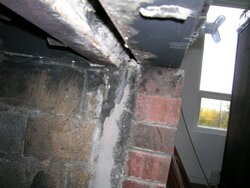
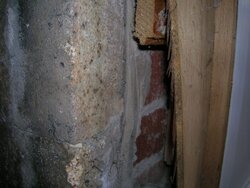
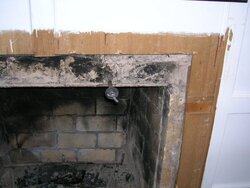
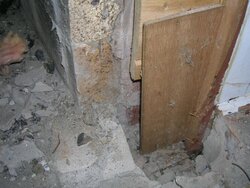
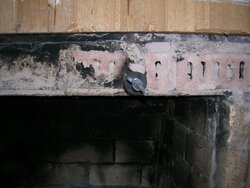
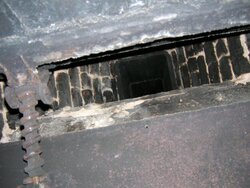
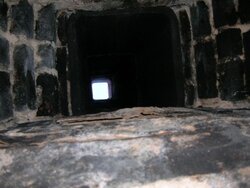
 I did not cut the damper yet, as I will wait until the sweep arrives for the liner install.
I did not cut the damper yet, as I will wait until the sweep arrives for the liner install. 